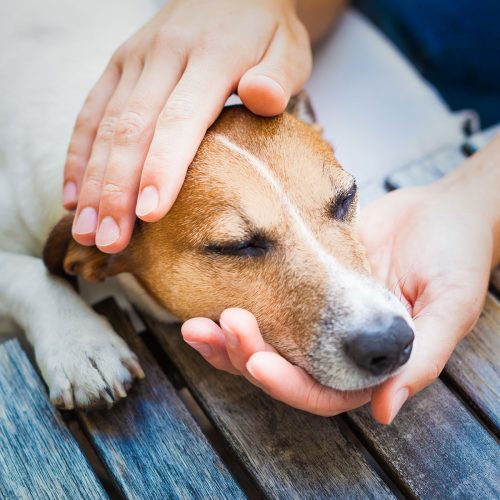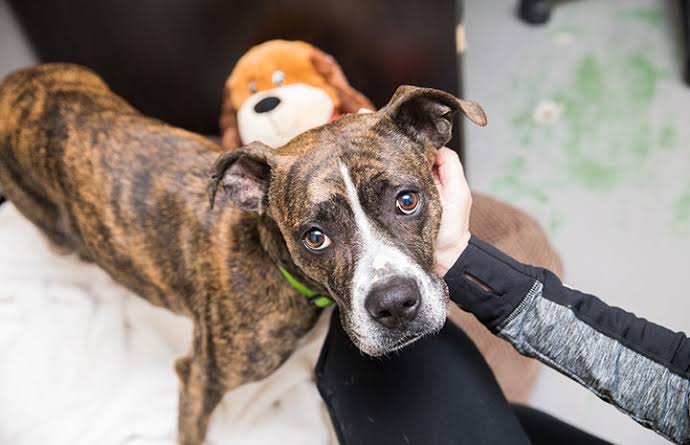5 Common Dog Training Mistakes and How to Avoid Them. Training a dog is one of the most rewarding experiences a pet owner can have. A well-trained dog is not only a joy to be around but also safer and happier. However, dog training isn’t always as straightforward as it seems. Many owners unknowingly make mistakes that can slow down progress, confuse their dogs, or even create behavioral issues.
If you’ve ever struggled with training your pup or felt frustrated with slow progress, don’t worry—you’re not alone! Even experienced dog owners make mistakes. The key is recognizing where things might be going wrong and making adjustments.
In this article, we’ll go over five common dog training mistakes and, most importantly, how to fix them. Whether you’re training a puppy or an older dog, these insights will help you build a stronger, more positive relationship with your furry companion.
1. Being Inconsistent with Commands and Rules
Why This is a Problem
Dogs thrive on consistency. If one day you allow your dog to jump on the couch and the next day you scold them for it, they’ll be confused. Similarly, if multiple people in your household use different words for the same command (e.g., “Come” vs. “Here”), your dog won’t know which one to follow.
Signs of This Mistake
- Your dog obeys commands sometimes but ignores them at other times.
- They seem confused when you give a command.
- You allow behaviors that other household members don’t.
How to Fix It
✔ Set Clear Rules – Decide in advance what your dog is allowed and not allowed to do (e.g., are they allowed on the couch or not?). Make sure everyone in the household follows these rules.
✔ Use Consistent Commands – Stick to one word per command (e.g., always use “Sit,” not “Sit down” one day and “Sit” the next). If multiple people train your dog, ensure everyone uses the same commands.
✔ Reinforce the Rules Regularly – Don’t make exceptions. If you let your dog break a rule “just this once,” they’ll learn that rules can be bent, leading to confusion.
2. Using Punishment Instead of Positive Reinforcement
Why This is a Problem
It’s a common belief that punishing a dog when they do something wrong will stop the behavior. However, punishment often leads to fear, anxiety, and even aggression rather than learning.
For example, if your dog has an accident indoors and you yell or rub their nose in it, they won’t understand that they should go outside. Instead, they’ll learn to fear you or to hide when they need to relieve themselves.
Signs of This Mistake
- Your dog cowers, hides, or looks guilty when you approach (this is actually a sign of fear, not guilt).
- They don’t seem to learn from punishment and keep repeating the same mistakes.
- They become hesitant or anxious when you try to train them.
How to Fix It
✔ Reward Good Behavior – Instead of punishing mistakes, reward the behaviors you want to encourage. Treats, praise, and playtime work wonders!
✔ Ignore Unwanted Behavior (When Appropriate) – For things like jumping up or excessive barking for attention, simply ignoring the behavior (turning away or walking out of the room) can teach your dog that it won’t get them what they want.
✔ Redirect Instead of Punishing – If your dog is chewing your shoes, instead of yelling, calmly take the shoe away and give them a chew toy instead. Reward them when they chew the correct item.
✔ Use Timeouts Sparingly – If necessary, a brief timeout (placing them in a boring, safe space for a minute or two) can help discourage bad behavior without fear-based punishment.
3. Training Sessions That Are Too Long or Too Short
Why This is a Problem
Just like humans, dogs have attention spans. If training sessions are too long, your dog may get frustrated or bored. If they’re too short or infrequent, your dog won’t have enough practice to remember what they’ve learned.
Signs of This Mistake
- Your dog loses focus or gets distracted easily during training.
- They start ignoring commands after a few minutes.
- They don’t seem to retain what they learned between training sessions.
How to Fix It
✔ Keep Sessions Short and Fun – The ideal training session lasts 5 to 10 minutes for puppies and 10 to 15 minutes for adult dogs. Multiple short sessions throughout the day work better than one long session.
✔ Train in Different Environments – Dogs don’t automatically apply what they learn in one place to other locations. Practice in different rooms, the backyard, and on walks.
✔ End on a Positive Note – Always finish training with a success, even if it’s something simple like a “sit” command, and reward your dog. This keeps them excited for the next session!
4. Not Socializing Your Dog Early Enough
Why This is a Problem
Socialization is critical, especially for puppies. Dogs that aren’t properly exposed to different people, animals, and environments at an early age can develop fear, anxiety, or aggression as they grow.
Signs of This Mistake
- Your dog is fearful or reactive around new people or animals.
- They bark excessively or try to hide when encountering new situations.
- They refuse to walk on different surfaces (like tile, grass, or wooden floors).
How to Fix It
✔ Start Early (But It’s Never Too Late!) – If you have a puppy, expose them to new sights, sounds, people, and experiences during their first few months. For older dogs, go at their pace, rewarding calm behavior.
✔ Use Treats to Build Positive Associations – If your dog is nervous around new people or other dogs, give them treats and praise when they remain calm to create a positive connection.
✔ Expose Them Gradually – Don’t overwhelm your dog. Introduce new experiences slowly, keeping them at a comfortable distance at first.
✔ Take Puppy Socialization Classes – If you have a young pup, puppy classes are a great way to introduce them to other dogs in a safe, supervised environment.
5. Expecting Too Much Too Soon
Why This is a Problem
Many owners expect their dogs to learn commands instantly, but just like humans, dogs need repetition and patienceto truly master new behaviors.
Signs of This Mistake
- You get frustrated when your dog doesn’t respond right away.
- You expect perfect behavior after only a few training sessions.
- You stop training once your dog learns a command once or twice.
How to Fix It
✔ Be Patient – Some dogs pick up commands quickly, while others take more time. Every dog learns at their own pace.
✔ Practice, Practice, Practice – Just because your dog learns “Sit” at home doesn’t mean they’ll remember it at the park. Reinforce commands in different places, with different distractions.
✔ Use Life-Long Training – Training isn’t something that stops after a few weeks. Keep practicing regularly to reinforce good behavior.
✔ Celebrate Small Wins – Every step forward is progress! Even if your dog only improves slightly, praise them and keep training sessions fun.
Conclusion
Dog training isn’t about perfection—it’s about progress and patience. Mistakes are part of the process, and the key is learning from them and making adjustments. By staying consistent, using positive reinforcement, keeping training sessions short, socializing your dog, and being patient, you’ll set your pup up for success.
Remember, training is a journey, not a race. The more fun and rewarding you make it, the stronger your bond with your dog will be.
What training mistake have you made in the past? Let us know in the comments—we’d love to hear your experiences



